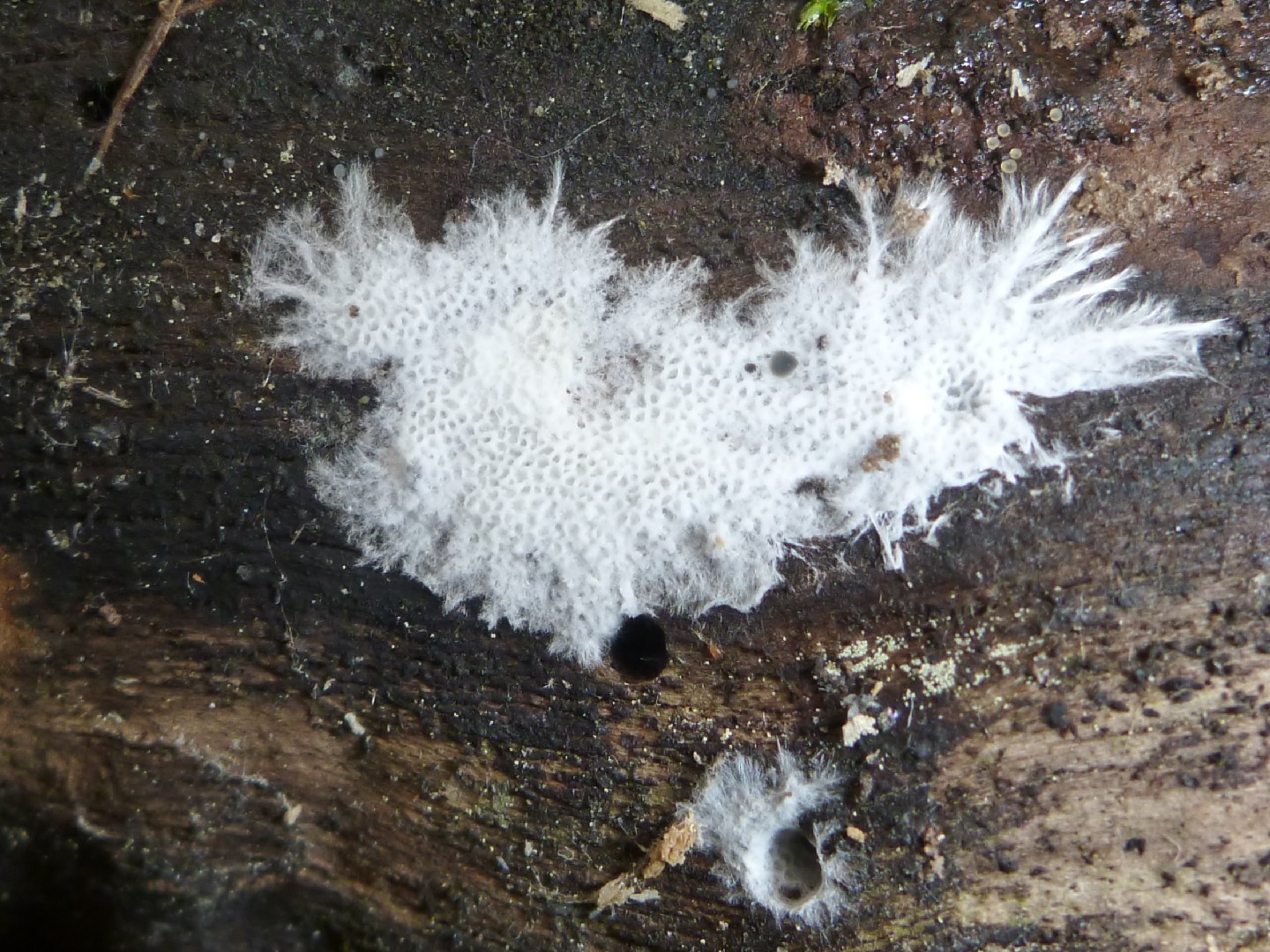Anomoloma
Scientific name: Anomoloma
Anomoloma
Scientific name: Anomoloma
 Photo By Jonathan M , used under CC-BY-SA-3.0 /Cropped and compressed from original
Photo By Jonathan M , used under CC-BY-SA-3.0 /Cropped and compressed from original Description
Anomoloma is a group of wood-decay fungi found in boreal and temperate forests. These fungi form thin, resupinate fruiting bodies on dead wood, particularly on fallen conifer trees. They play a crucial role in decomposing woody material and recycling nutrients in forest ecosystems. Anomoloma species are known for their ability to break down lignin, a complex polymer in wood.
Species of Anomoloma
Care Guide for Anomoloma
Scientific Classification
Phylum
Club fungi Class
Mushroom-forming fungi Order
Shelf fungi Family
Bracket polypores Genus
Anomoloma